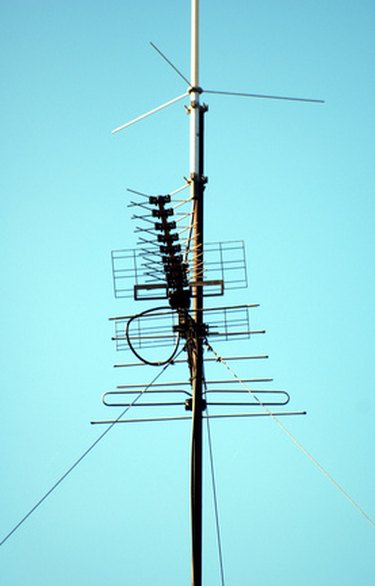
In a home entertainment system, many people use a single signal to feed different devices. A splitter separates a signal into two outputs, each of which may feed separate devices. What' more, because there are no electronics in the splitter, you can reverse the signals.
Splitter Construction
Video of the Day

Splitters contain no electronic devices and don't require any power, making them "passive" instead of "active." Because of this, they can be connected in reverse without any damage.
Video of the Day
Reversing a Splitter
Connecting a splitter in reverse makes it a combiner. Signals from two different antennas can be combined by running each into the output sides of a splitter and using the output as an input to another device.
Splitting Combined Signals
Once two signals are combined by a splitter hooked up in reverse, the signals cannot be separated by putting them back into another splitter. This will only split the two combined signals in two directions.
Separating Combined Signals
The signals combined by hooking a splitter up in reverse can only be separated electronically. For example, if a splitter combines two antenna signals which are then split, separate TV sets can tune in any channel from the combined signal.